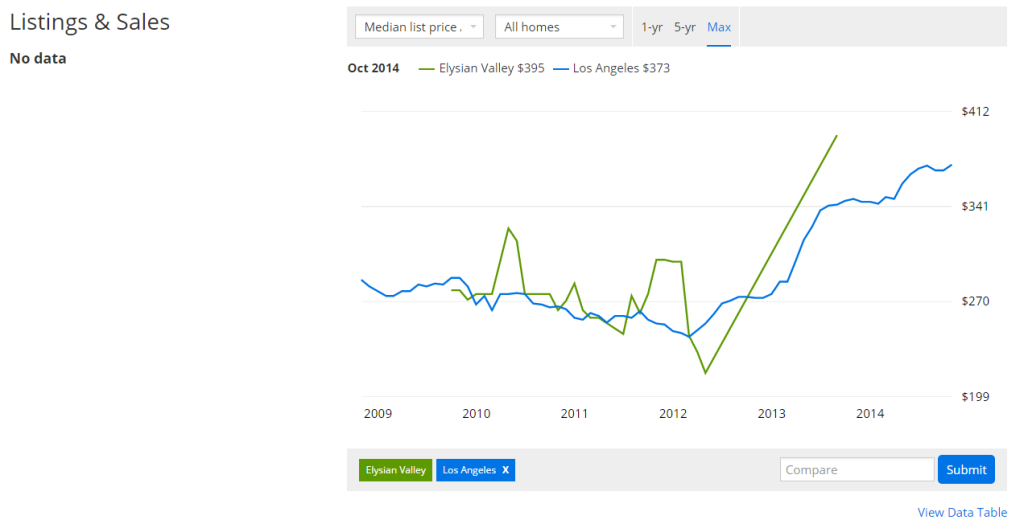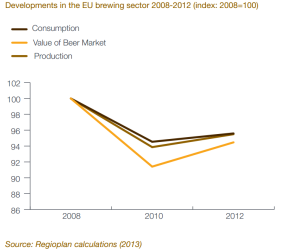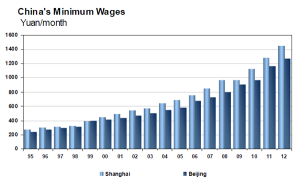Catalina Sea Ranch, a six-mile offshore shellfish farm near San Pedro, CA, is planning to feed Californians with local raised mussels which has been mostly imported from Canada and New Zealand.
As the aquaculture industry has thrived in the past decade, the seafood imports – including mussels – by the United States has grown dramatically. About 91 percent of the value of the seafood consumed annually originates abroad, which represents an $11.2 billion trade deficit, according to National Oceanic and Atmospheric Administration (NOAA). To narrow the deficit and compete with foreign seafood, Catalina Sea Ranch aims to cultivate in a 100-acre ocean and produce high-quality mussels in a sustainable and scientific manner.


















